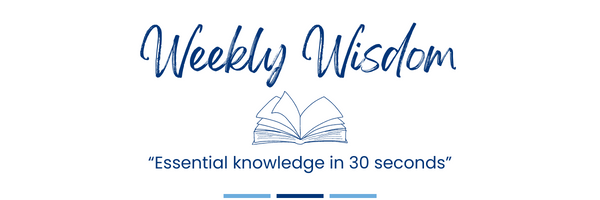
What should you know?
Borrowing money from a bank is how most people around the world purchase a home. This type of financing is commonly known as a ‘mortgage’.
A mortgage essentially enables you to pay for a property gradually over a number of years, rather than paying the full cost upfront.
In exchange for this financing, banks charge you interest on the capital you borrow. The chart below shows the average 30-year fixed mortgage rate in the US over the past decade:

The last 10 years have seen historically low mortgage interest rates, which have helped fuel an enormous rise in house prices across the world. However, since the beginning of 2022, interest rates have risen sharply.
Why should you care?
A rise in interest rates of this magnitude has huge implications, as demonstrated in the table below:

- Existing mortgages that are up for renewal could see a massive increase in the monthly repayment amount. For example, a shift from a 3% interest rate to 6% would see the monthly repayment amount jump by 42%.
- A mortgage rate of 6% on a 30-year mortgage pushes the total interest paid to well over the amount originally borrowed.
- The table excludes all taxes, transaction costs, and maintenance costs, which all accompany the purchase and ownership of property.
In conclusion, at current interest rate levels, house purchases must be considered very carefully. This especially applies to investment properties that are intended for buy-to-let. In the current environment, these require a much greater rental yield and/or capital growth to make the investment profitable.






